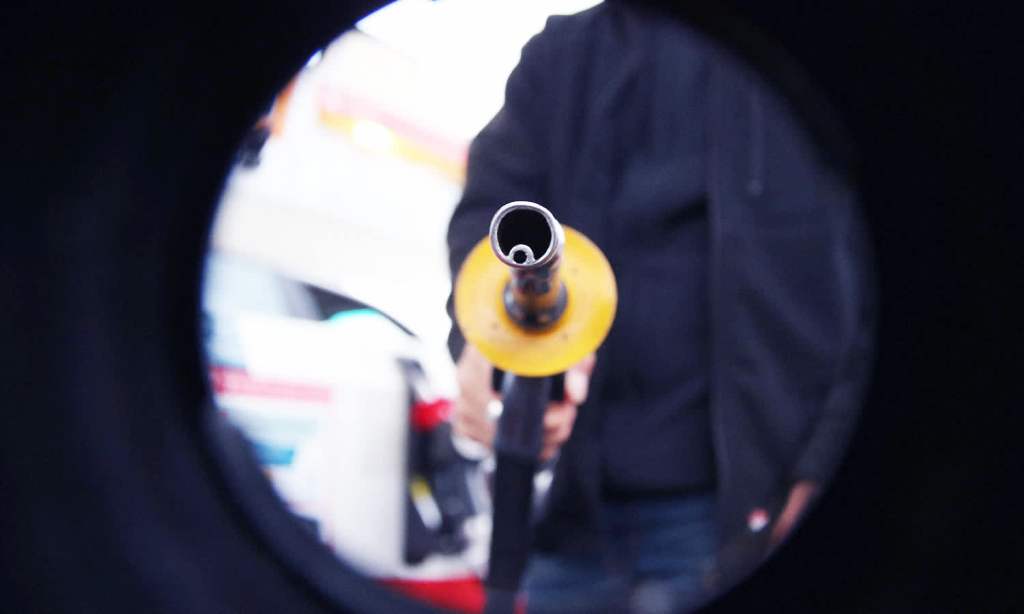The numbers on the screens at fuel courts went from saddening to shocking between February and March of this year as the war in Ukraine sparked a massive run on global fuel supplies.
The Australian government, under former Treasurer Josh Frydenberg eventually responded by cutting fuel tax in half to just 22 cents per litre. The relief was widespread and saw petrol prices drop from the eye-watering $2.40 in some parts of the country to the still-bad-but-not-terrible $1.70 or lower.
However, global tensions that sparked the rise in fuel costs in Australia continue to strain, putting upwards pressure on our spending at the fuel pump. These look set to continue for the foreseeable, and recent developments have meant that Aussies could be stuck paying much higher than usual prices for a long time.
While Australia does not buy fuel from Russia — or, not enough to make a sizable difference in fuel prices — the rest of the world does. That has led to global fuel shortages that have driven up prices from our usual suppliers and it doesn’t look like it’s going to change any time soon.
Oil prices rose on Tuesday as the European Union agreed to cut fuel imports from Russia by 90% by the end of the year in another round of tough sanctions on the nation still in an illegal war with its western neighbour. This has already had a knock-on effect in global markets and looks set to increase prices throughout the year as that action takes hold.
At the same time, the lifting of COVID restrictions in the Chinese cities of Shanghai and Beijing have also put greater demands on fuel, collectively pushing Brent Crude, the international standard for oil, above US$120 a barrel. This is the highest it’s been since the Russian invasion in March.
Experts have long been warning that global pressures will continue to drive up fuel prices, eroding the savings that were made by the fuel excise cut, and that this would be made much worse when the tax cut runs out in September.
The cut was only supposed to be a temporary measure, with a huge loss in tax revenue as the price being paid for the relief, and the new Labor government has said that it will be “very difficult” for them to justify extending the pause.
This means that, for the foreseeable, petrol prices are likely to continue to climb, with a big spike expected in September if nothing changes.
As of the end of July, Perth Now reported that petrol stations in this city are planning on charging $2.40 a litre for regular unleaded. Moreover, in Sydney, it’s not much better. The Daily Telegraph has outlined that in Manly, unleaded petrol was as high as around $2.06 per litre. It’s hard out here for a Lightning McQueen folks.
Now is probably as good a time as any to look into alternative modes of transport, with electric vehicles becoming cheaper up-front year on year, and new incentives and infrastructure being installed all the time.
Read more stories from The Latch and subscribe to our email newsletter.







